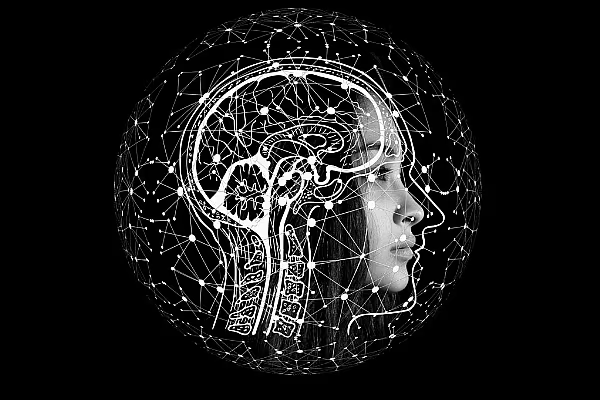Retailers and consumer goods firms are ‘making big gains’ when it comes to AI-driven personalisation, although businesses in general are struggling to achieve and scale value from artificial intelligence, a new report from BCG has found.
BCG’s report, Where’s the Value in AI?, surveyed 1,000 CxOs and senior executives from over 20 sectors in 59 countries in Asia, Europe and North America, across ten industries.
It found that AI-driven personalisation is a source of AI-generated value in 19% of consumer goods firms and 22% of retail businesses.
Core Business Functions
In general terms, much of the value from AI is being derived from core business functions, the study found, with the companies surveyed deriving more than half of AI and generative AI value from core business functions such as operations (23%), sales and marketing (20%), and R&D (13%).
Support functions contribute 38% of AI value, particularly through customer service (12%), IT (7%) and procurement (7%).
Sales and marketing is becoming a key source of AI value in sectors including software (31% of AI value generated), travel and tourism (31%), media (26%) and telecommunications (25%).
Additionally, customer service stands out in the insurance (24%) and banking (18%) industries as a notable source of AI-generated value.
In general terms, however – even with the widespread implementation of AI programmes across industries – just 26% of companies have developed the necessary capabilities to go beyond early-stage experiments and generate measurable value.
Among those, only 4% of companies have fully integrated advanced AI capabilities across functions, achieving significant, consistent results.
Unlock Value From AI
“Three quarters of companies have yet to unlock value from AI,” said Amanda Luther, a BCG partner, managing director, and co-author of the report. “Without decisive action, they risk falling significantly behind.
“This research reaffirms our long-held belief that when companies undertake digital or AI transformations, they need to focus two thirds of their effort and resources on people-related capabilities, and the other third or so split between technology and algorithms.”











